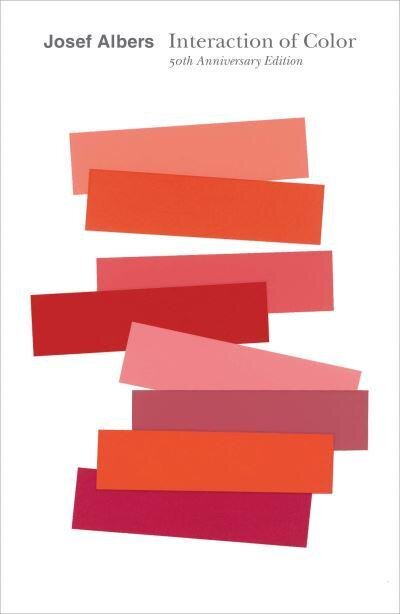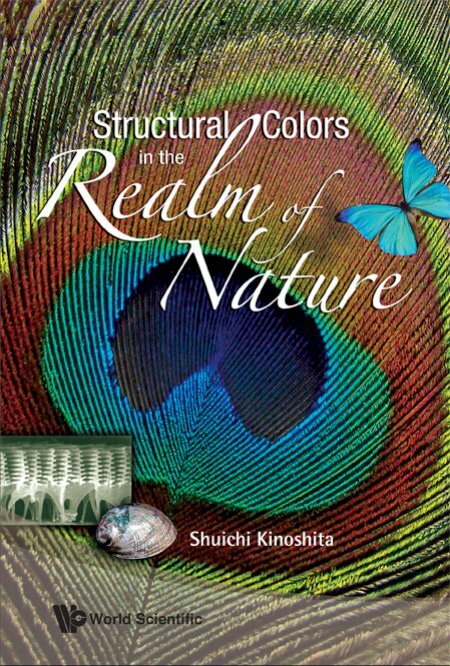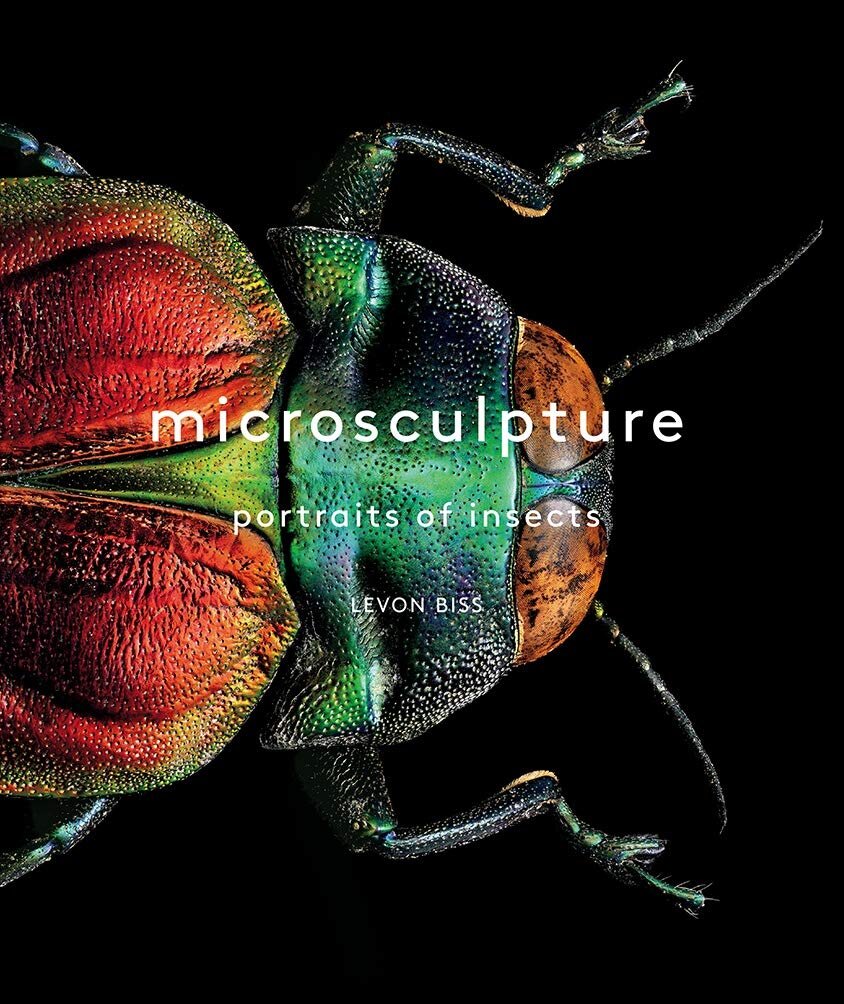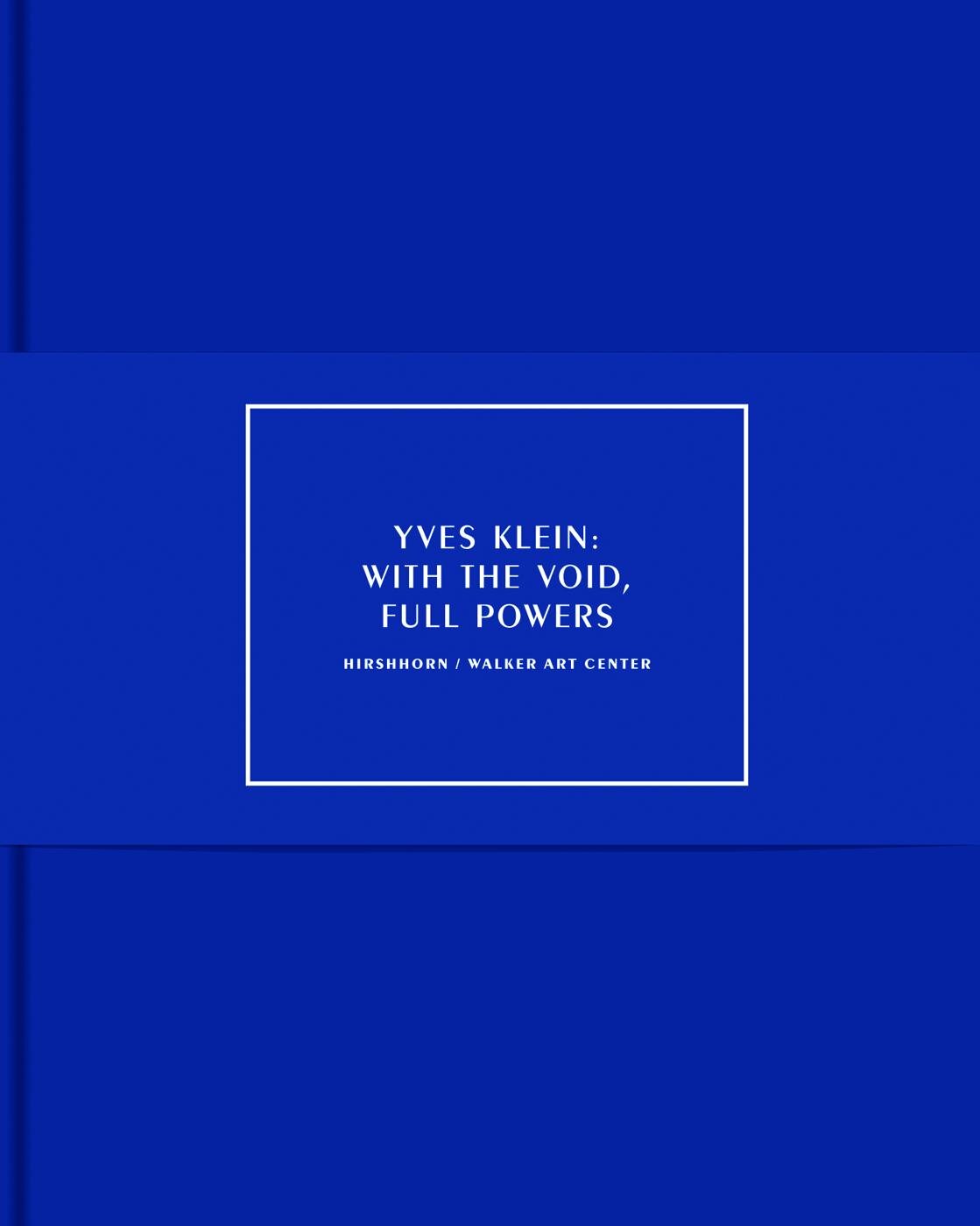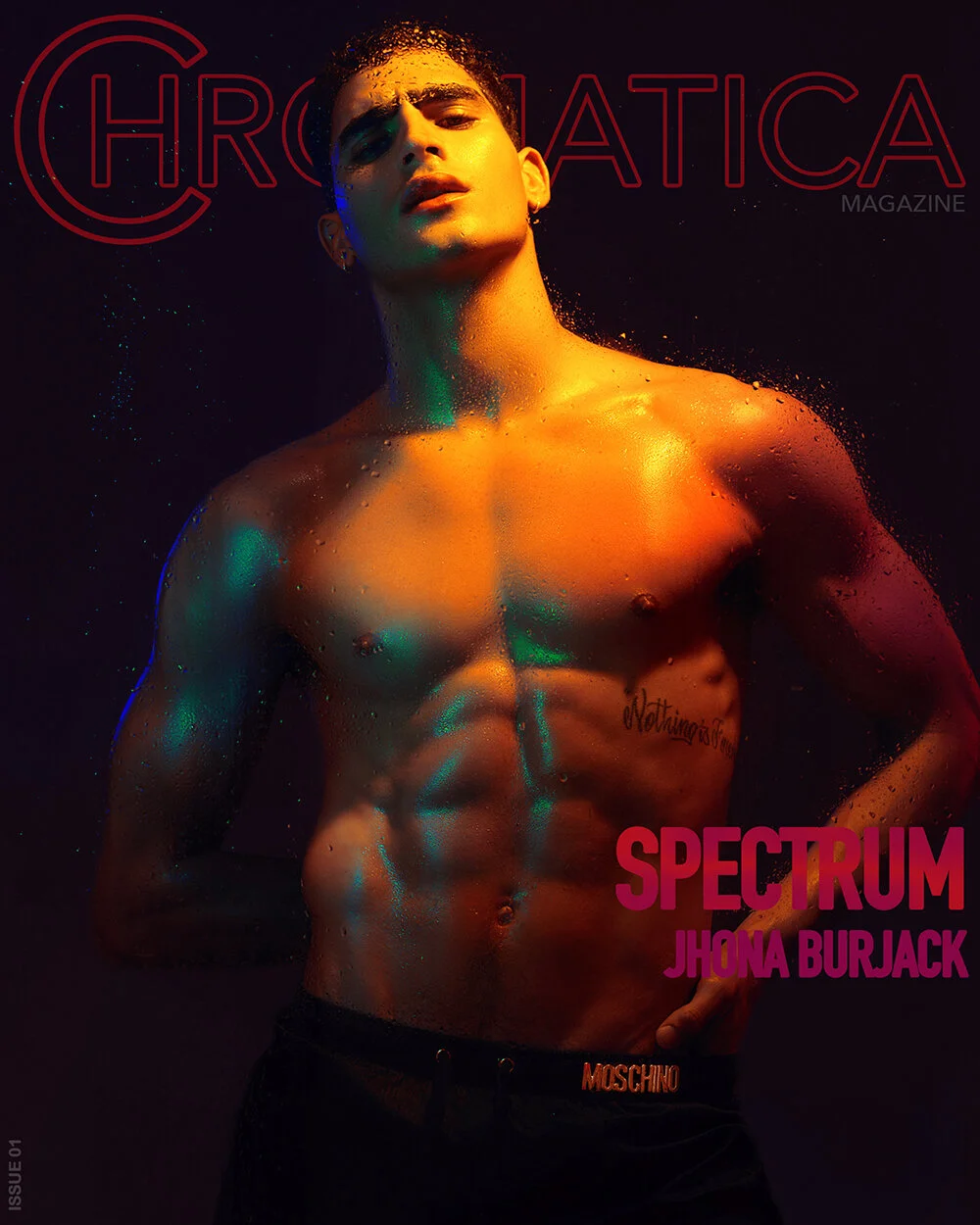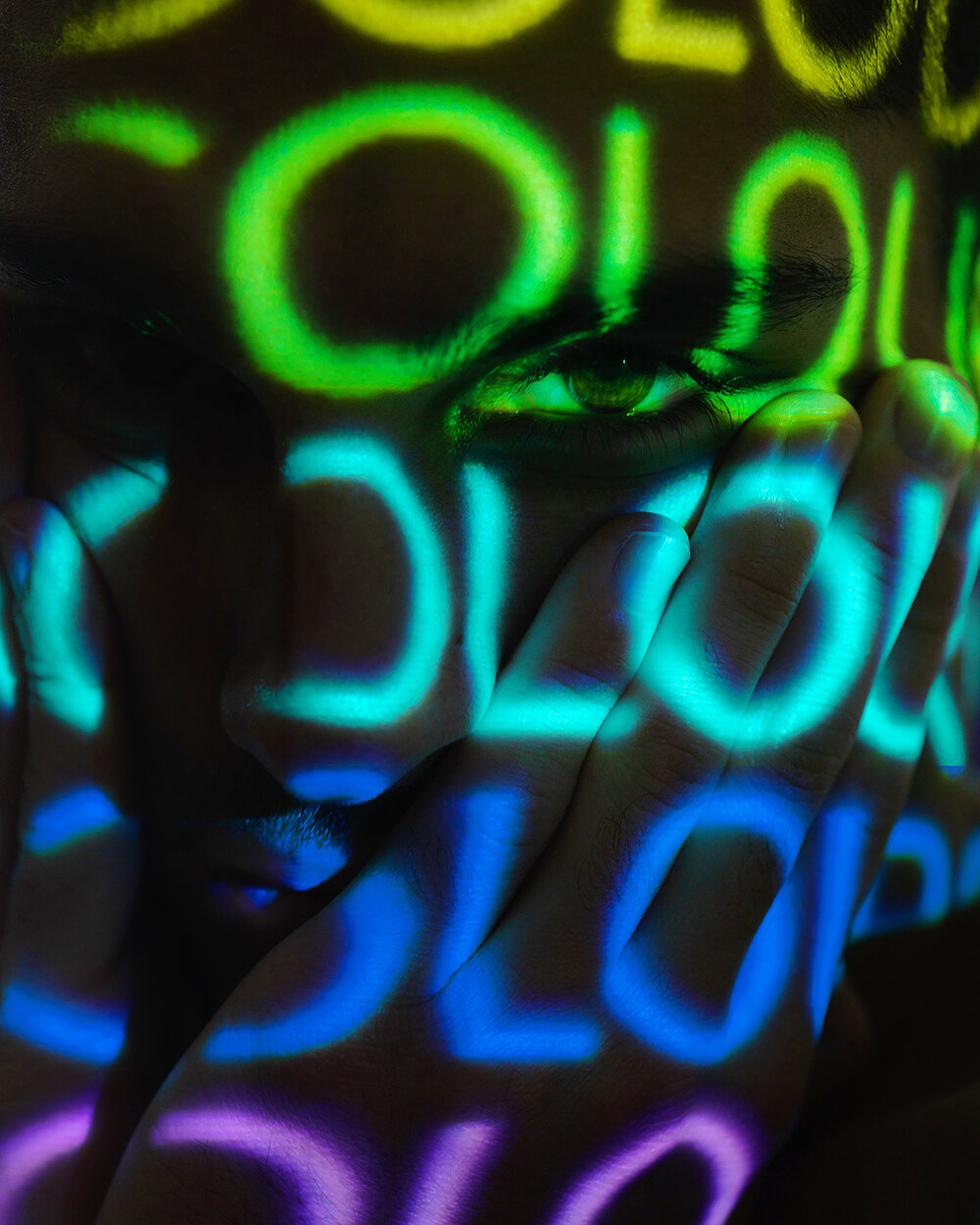Bibliography
We have compiled a list of inspirational books that can further our understanding of colour. Read, gift and create!
Lauded as one of the most important books on color ever written, canonical artist Josef Albers’s Interaction of Color is an essential volume. A full course in book form, this text demands a high level of engagement and investment. Albers stays laser-focused on his material and includes a set of exercises for the readers to complete as they make their way through the text.
An integrated study of the history, philosophy, and science of color that offers a novel theory of the metaphysics of color. Is color real or illusory, mind independent or mind dependent? Does seeing in color give us a true picture of external reality? The metaphysical debate over color has gone on at least since the seventeenth century. In this book, M. Chirimuuta draws on contemporary perceptual science to address these questions. Her account integrates historical philosophical debates, contemporary work in the philosophy of color, and recent findings in neuroscience and vision science to propose a novel theory of the relationship between color and physical reality.
The history of art is inseparable from the history of color. And what a fascinating story they tell together: one that brims with an all-star cast of characters, eye-opening details, and unexpected detours through the annals of human civilization and scientific discovery.
Enter critically acclaimed writer and popular journalist Victoria Finlay, who here takes readers across the globe and over the centuries on an unforgettable tour through the brilliant history of color in art. Written for newcomers to the subject and aspiring young artists alike, Finlay’s quest to uncover the origins and science of color will beguile readers of all ages with its warm and conversational style…
This vividly written book, the sequel to the award-winning Colour and Culture, is ultimately informed by the conviction that the meaning of colour lies in the particular historical context in which it is experienced and interpreted.
John Gage explores the mysteries of themes as diverse as the optical mixing techniques implicit in mosaic, colour-languages in Latin America at the time of the Spanish Conquest and the ideas of Goethe and Runge, Blake and Turner. For students and lecturers in the history of art and culture, for artists and designers, and for psychologists and scientists with a special interest in the subject, John Gage has produced a compelling study of the meaning of colour through the ages.
Structural colorations originate from self-organized microstructures, which interact with light in a complex way to produce brilliant colors seen everywhere in nature. Research in this field is extremely new and has been rapidly growing in the last 10 years, because the elaborate structures created in nature can now be fabricated through various types of nanotechnologies. Indeed, a fundamental book covering this field from biological, physical, and engineering viewpoints has long been expected.Coloring in nature comes mostly from inherent colors of materials, though it sometimes has a purely physical origin such as diffraction or interference of light. The latter, called structural color or iridescence, has long been a problem of scientific interest. Recently, structural colors have attracted great interest because various photonic architectures, now developing in modern technologies, have been spontaneously created in the self-organization process and have been extensively used as one of the important visual functions. In this book, the fundamental optical properties underlying structural colors are explained, and these mysteries of nature are surveyed from the viewpoint of biological diversity and according to their sophisticated structures. The book proposes a general principle of structural colors based on the structural hierarchy and presents up-to-date applications.
Take a tour of the universe with this breathtaking collection of photographs from the archives of NASA. Astonishing images of Earth from above, the phenomena of our solar system, and the celestial bodies of deep space will captivate readers and photography lovers with an interest in science, astronomy, and the great beyond. Each extraordinary photograph from the legendary space agency is paired with explanatory text that contextualises its place in the cosmic ballet of planets, stars, dust, and matter―from Earth’s limb to solar flares, the Jellyfish Nebula to Pandora’s Cluster. Featuring a preface by Bill Nye, this engaging volume offers up-close views of our remarkable cosmos, and sparks wonder at the marvels of Earth and space.
magnification that celebrates the wonders of nature and science. Levon Biss’s photographs capture in breathtaking detail the beauty of the insect world and are printed in large-scale format to provide an unforgettable viewing experience. Each picture in Microsculpture is created from approximately 8,000 individual photographs. Segments of the specimen are lit and photographed separately using microscope lenses, then “stacked” to maintain sharp focus throughout. These images are then combined to create a single high-resolution file. From start to finish, each portrait takes approximately 4 weeks to create.
Venezuelan artist Carlos Cruz-Diez is one of the greatest artistic innovators of the 20th and 21st centuries. Best known for experimenting with light and movement, and for stimulating the dialogue between the stable and unstable use of colour, his pieces engage viewers on a multisensory level. Through the use of unconventional materials, Cruz-Diez strives to create art that is sophisticated in construction and theory while also accessible to viewers. Combining the principles of kinetic art with colour theory, optics, machine engineering, digital printing technologies, and the painter's craft, Cruz-Diez's works defy standard categorisation. This monumental volume traces the full trajectory of the artist's career, from early, rarely published figurative works, to interactive series that continue to this day, to architectural projects in public spaces around the world. This book features an essay, an interview with Cruz-Diez, a selection of his own writings, texts by three early champions of his work, and an illustrated chronology.
One of the last century's most influential artists, Yves Klein (1928-1962) took the European art scene by storm in a prolific career that lasted only from 1954 to 1962, when he suffered a heart attack at the age of 34. Klein was an innovator who embraced painting, sculpture, performance, photography, music, theater, film, architecture and theoretical writing. Self-identified as "the painter of space," Klein sought to achieve immaterial spirituality through pure color (primarily an ultramarine blue of his own invention--International Klein Blue) and even went so far as to present white galleries emptied of all artworks for his renowned 1958 exhibition of "the Void." His diverse oeuvre represents a pivotal transition from modern art's concern with the material object to contemporary notions of the conceptual nature of art.
A key figure in the international avant-garde, Piet Mondrian (1872-1944) was at once an extraordinary painter and art theoretician whose influence is as profound today as it ever was. For Mondrian, "the emotion of beauty is always hindered by particular appearance of an 'object'; the object must therefore be abstracted from any figurative representation." After coining the term "Neo-plasticism", he pursued painting composed only of the most fundamental aspects of primary colour (red, yellow, blue) against a grid of black vertical and horizontal lines and a white base background. Mondrian's vision was that this essential painting would help to achieve a society in which art as such has no place, but rather exists for the total realisation of 'beauty'. To contemporaries, Mondrian represented an artist not only of absolute modernity, but also of great integrity. Today, he remains one of the most distinctive practitioners in all of modern art, the star of exhibitions around the world, and an abiding inspiration for fashion, art, architecture, and design, from White Stripes album covers to Yves Saint Laurent dresses.


